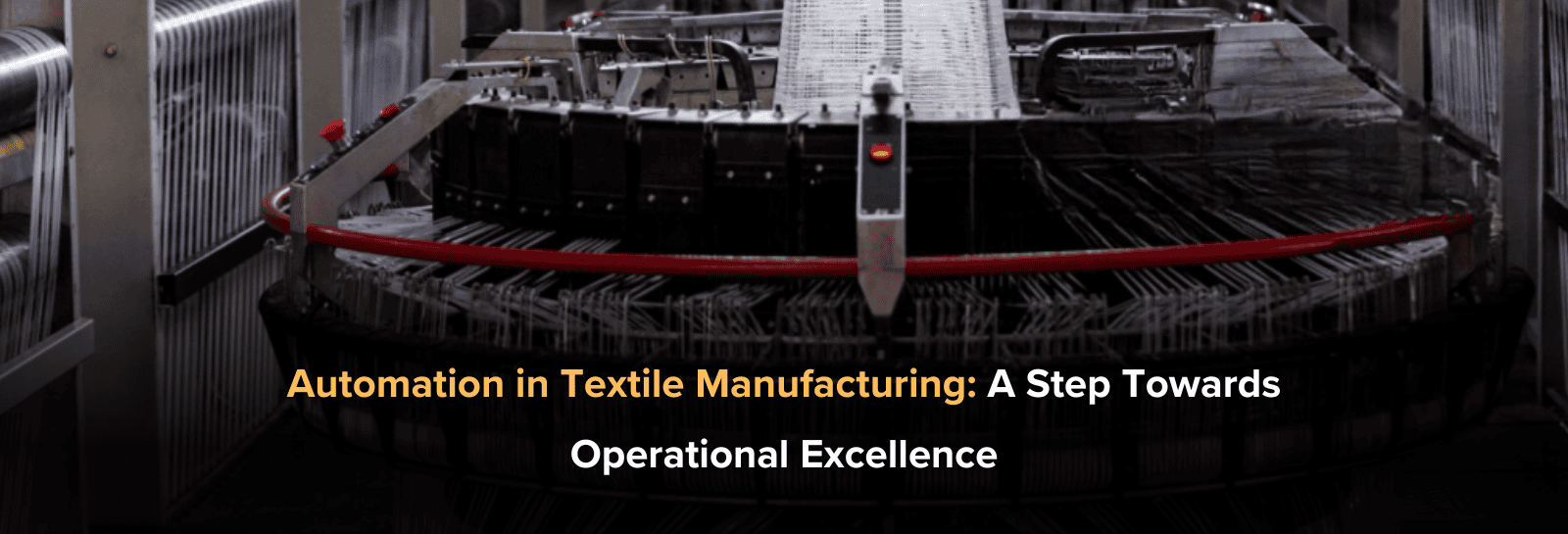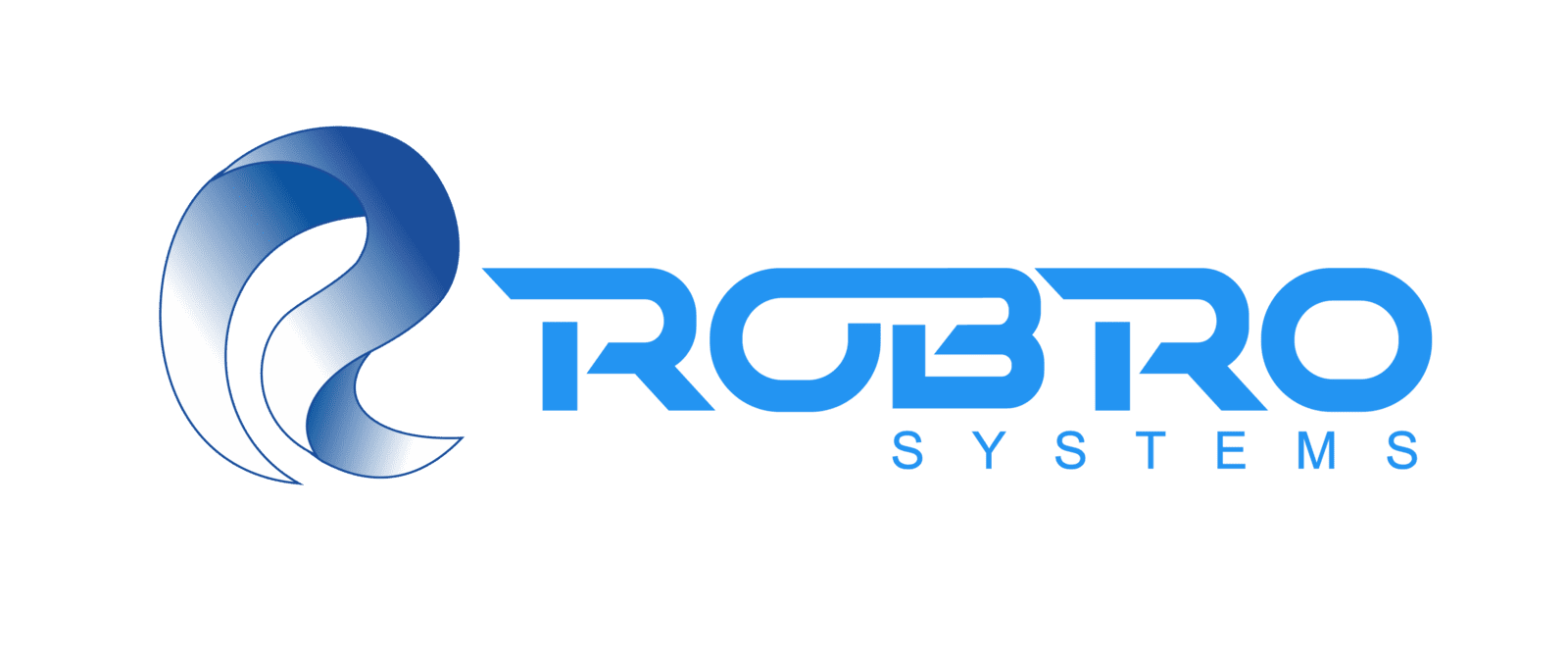
Technical textile manufacturing is undergoing a paradigm shift with the increasing adoption of automation technologies. As the demand for high-quality, high-performance textiles grows across automotive, aerospace, healthcare, and construction industries, manufacturers are leveraging automation to enhance efficiency, precision, and scalability. Automated systems powered by artificial intelligence (AI), robotics, and advanced data analytics are transforming production processes, minimizing defects, and optimizing resource utilization. By integrating cutting-edge technologies, textile manufacturers can achieve higher productivity, reduce operational costs, and stay competitive in a rapidly evolving global market. This blog explores how automation is redefining technical textile manufacturing, its benefits, applications, and the future trajectory of the industry.
The Need for Automation in Technical Textile Manufacturing
1) Increasing Quality Standards and Compliance Requirements
- Technical textiles must meet stringent quality standards for durability, safety, and performance.
- Compliance with international regulations is essential in medical textiles, protective clothing, and aerospace industries.
- Automated inspection and process control ensure consistent quality and adherence to standards.
- AI-powered inspection detects microscopic defects, reducing non-compliance risks and recalls.
- Automated compliance tracking simplifies documentation for audits and certifications.
- Near-zero defect rates enhance market reputation and customer trust.
2) Labor Shortages and Workforce Efficiency
- The textile industry faces a shortage of skilled labor, increasing the need for automation.
- Automated systems reduce dependency on manual labor and enhance workforce efficiency.
- Robotics and AI streamline repetitive tasks, reallocating human resources to strategic roles like R&D.
- Automation minimizes workplace injuries and improves worker safety.
- Upskilling opportunities allow employees to manage and maintain automated systems.
- 24/7 production capabilities ensure uninterrupted manufacturing and faster delivery timelines.
3) Minimizing Defects and Waste
- Manual inspection is prone to human error, leading to higher rejection rates and material waste.
- Automation enables real-time defect detection and process corrections, reducing waste and improving yield.
- Machine vision, AI-driven defect analysis, and automated grading enhance textile inspection accuracy.
- Early defect detection prevents faulty materials from advancing through the supply chain.
- Automated waste recycling repurposes fabric scraps, promoting sustainability.
- Automated quality control can reduce textile waste by up to 30%.
4) Enhancing Production Speed and Scalability
- Manual textile manufacturing limits production speed and scalability.
- Automation streamlines workflows, enabling continuous operation and higher throughput.
- Robotics, AI-powered quality control, and innovative textile machinery ensure scalability while maintaining quality.
- High-speed automation improves weaving, knitting, and coating precision.
- Accelerated production speeds reduce lead times and enable manufacturers to cater to large orders efficiently.
- Automated textile manufacturing can improve production rates by up to 40%.
Key Automation Technologies in Technical Textile Manufacturing
1) Machine Vision and AI-Powered Inspection
- High-resolution cameras, hyperspectral imaging, and AI detect and classify textile defects.
- An AI-powered inspection ensures 99.99% defect detection accuracy.
- Automated analysis differentiates minor variations from critical defects.
- Predictive analytics help prevent defects before they occur.
- Machine vision-based inspection reduces inspection time by 70%.
2) Robotic Handling and Automated Material Transport
- Industrial robots automate fabric cutting, stitching, folding, and packaging.
- Automated guided vehicles (AGVs) streamline material handling, reducing human intervention.
- Robots enhance precision in intricate textile processes, such as composite layering.
- Collaborative robots (cobots) improve efficiency while working alongside human operators.
- Robotic automation can increase textile production efficiency by up to 50% while reducing labor costs by 30%.
3) Digital Twin Technology for Process Optimization
- Digital twins create virtual models for real-time monitoring and predictive maintenance.
- IoT-enabled sensors optimize machine performance and reduce downtime.
- Simulated production scenarios enable data-driven process improvements.
- Digital twin implementation can improve machine utilization by 20% and reduce maintenance costs by 25%.
4) Automated Weaving and Knitting Machines
- Advanced machinery ensures precise pattern replication and uniform material properties.
- Computerized systems support rapid prototyping and customization.
- Real-time data integration adjusts tension, density, and material composition.
- Automation in weaving and knitting increases production speeds by up to 35%.
5) IoT-Enabled Smart Manufacturing
- The Industrial Internet of Things (IIoT) connects manufacturing equipment and control systems.
- IoT enhances process transparency, predictive maintenance, and remote monitoring.
- Smart manufacturing optimizes energy consumption and minimizes downtime.
- IoT-enabled traceability solutions track raw materials and ensure regulatory compliance.
- IoT-enabled textile manufacturing can reduce energy consumption by 20% and increase operational efficiency by 25%.
Conclusion
Automation redefines technical textile manufacturing by enhancing precision, efficiency, and scalability. AI-powered inspection, robotics, IoT-enabled smart manufacturing, and digital twin technology drive operational excellence, ensure defect-free production, and reduce costs. As the industry embraces advanced automation solutions, manufacturers will gain a competitive edge by delivering high-quality technical textiles with increased sustainability and responsiveness to market demands. The future of technical textile manufacturing lies in intelligent automation, paving the way for a more innovative, efficient, and sustainable industry. With ongoing advancements in AI, robotics, and digital transformation, technical textile manufacturers can expect further innovation and opportunities for growth in the years ahead.

